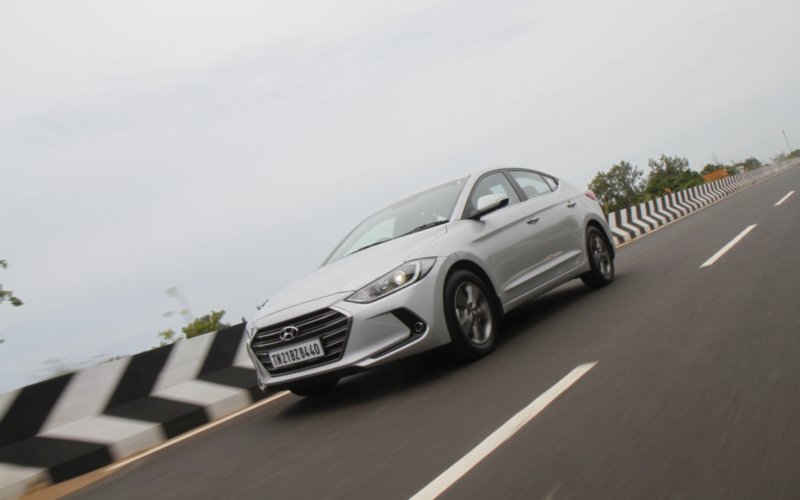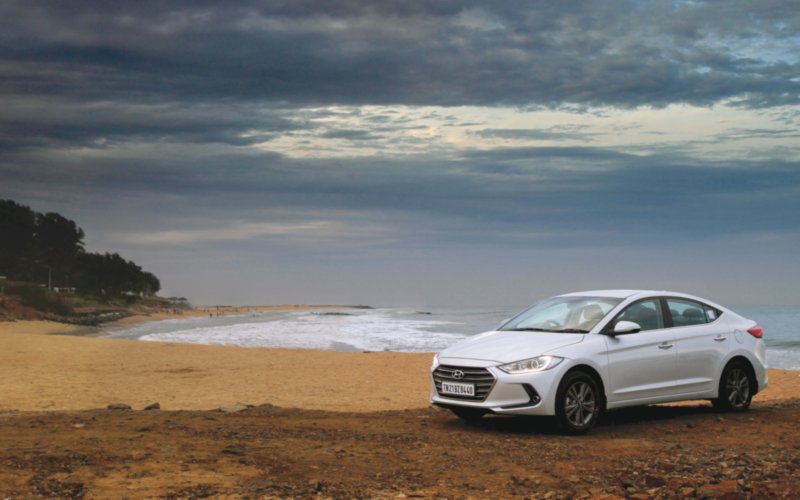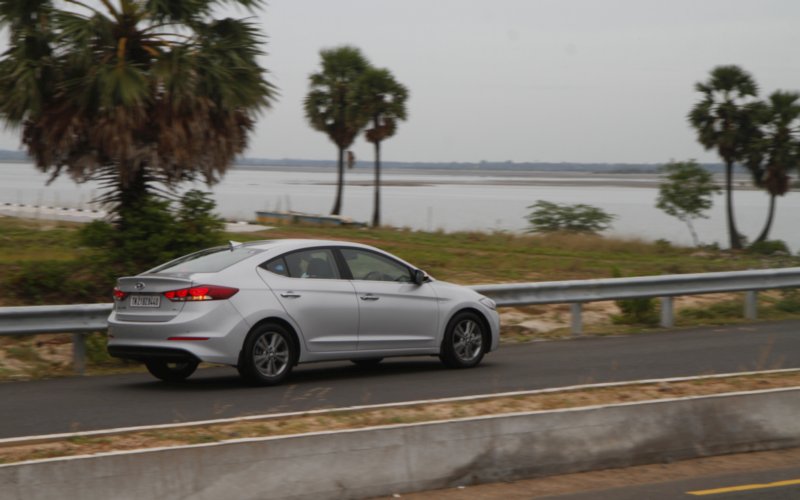Hyundai have fired their latest salvo into an increasingly capable D segment with the sixth-generation Elantra. How does the exciting new Korean stack up? We headed to Chennai to find out.
Story: Jim Gorde
Photography: Crystelle Rita Nunes
Evolution can be a funny thing. It’s different if you happen to be an organism on two legs. You may expect more legs or claws or even wings, giving you the ability to move quicker, even fly. However, if it’s a car in question, especially five generations down the line, you would expect a smaller turbocharged engine, better features, more power and quicker pace. Check, check and check. Yes, a check-mark for three of those. The all-new, sixth-generation Hyundai Elantra is more modern, sharper looking and feature-packed, but it now packs a 2.0-litre naturally-aspirated petrol engine.
The Korean major has come a long way in the automotive space. From the venerable Santro, now defunct, to the massive Santa Fe, going strong, Hyundai have made it evident that their DNA keeps evolving. They’ve particularly stood out in the styling and interior departments and that is reason enough for more people to choose the brand over several others vying for their hard-earned money and parking space. The new Elantra, too, looks sharp. It’s edgier and generously proportioned but doesn’t look overweight. In fact, it only weighs in at a shade over 1.2 tonnes.
The highlight is surely its new face. The bold new chrome grille looks inspired by the shining city lights of Germany while the headlamps look as if they were styled by a wildcat with a switch-blade. Below those clusters are boomerang-shaped projector fog-lamps, with hollow black inlays or the ‘wheel air curtain’ making way for air to flow through and negate turbulence at the front wheels, reducing noise.
The side profile is sweeping and the flowing lines look very contemporary. The new ‘Fluidic 2.0’ design language certainly makes it look more modern. The tail-lamp clusters are among the most attractive, and not just in its segment.
























Leave a Reply